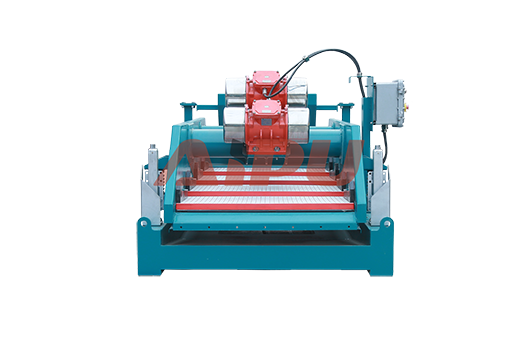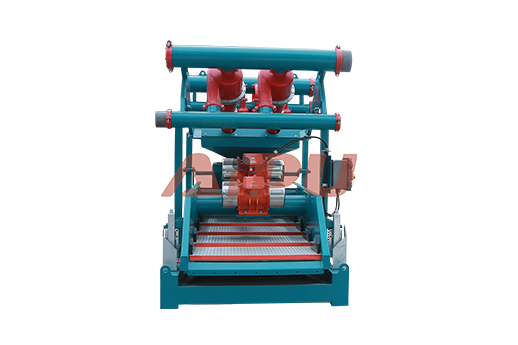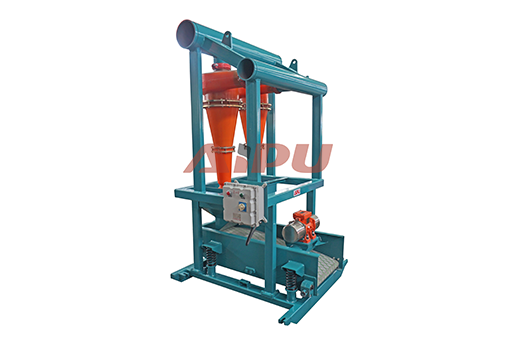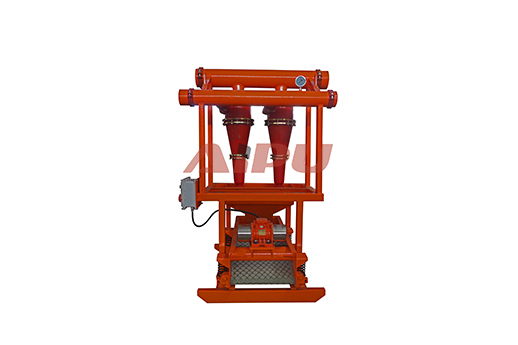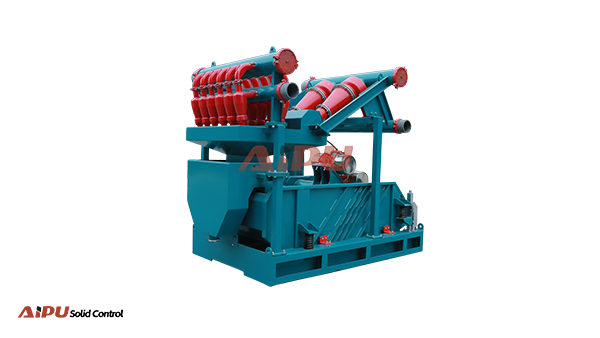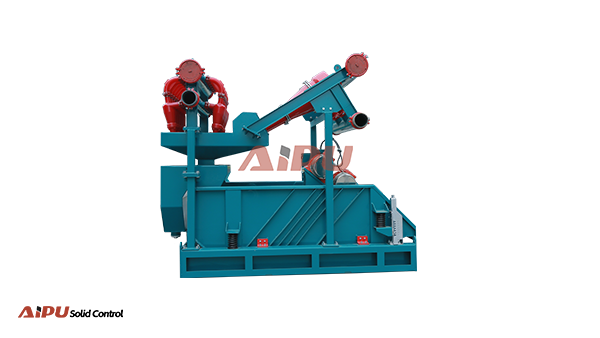How to Install Mud Cleaner on Drilling Site
Maximizing the processing capacity of your solids control equipment is a critical objective for any drilling operation aiming for peak efficiency and cost-effectiveness. The mud cleaner, a vital component situated after the shale shakers and desanders, plays a indispensable role in removing fine solids from the drilling fluid. When its capacity is optimized, the entire system benefits from reduced drilling fluid losses, lower chemical costs, and enhanced drilling performance. However, many factors can constrain its throughput and separation efficiency, leading to bottlenecks that impact the downstream equipment and the overall wellbore condition. Understanding the operational parameters and mechanical adjustments that influence its performance is the first step toward unlocking its full potential. This involves a detailed look at screen selection, flow rate management, and the integration of the unit within the broader solids control hierarchy. By systematically addressing these areas, operators can significantly boost the processing capability of this key piece of equipment, ensuring a cleaner mud system that contributes to safer and more economical drilling.
Optimizing Screen Selection and Condition
The screen panel is the heart of the separation process in a mud cleaner. Its mesh size directly dictates the size of particles that can be removed. Using a screen that is too coarse will allow an excessive amount of fine solids to pass through, overloading the downstream centrifuges and degrading the mud quality. Conversely, a screen that is too fine can lead to rapid blinding, where particles clog the openings, severely reducing fluid throughput and processing capacity. The key is to select a screen mesh that aligns with the current solids distribution in the mud and the desired cut point. Regularly inspecting screens for tears or wear is non-negotiable; a single damaged panel can compromise the entire system's efficiency. Implementing a routine screen inspection and replacement schedule ensures that the separation surface is always in optimal condition, maintaining consistent high capacity.

Managing Fluid Properties and Flow Rates
The properties of the drilling fluid itself are a major determinant of separation efficiency. The viscosity and density of the mud must be carefully controlled. High viscosity mud can hinder the passage of fluid through the screen, reducing processing rates and increasing the likelihood of screen blinding. Maintaining the mud within its designed rheological specifications allows for optimal flow through the screen. Furthermore, the feed flow rate to the unit must be regulated. Overloading the mud cleaner with a flow rate beyond its design capacity will result in poor separation, as the residence time on the screen is insufficient for proper liquid drainage and solids conveyance. Operating within the manufacturer's recommended flow rate range is crucial for achieving the advertised processing capacity and ensuring the discharged solids are as dry as possible.
Maximizing Performance with Proper Configuration
A mud cleaner combines the principles of a desander and a shaker, utilizing a hydrocyclone bank to separate solids which are then discharged by a vibrating screen. The configuration and operation of both components are vital. The hydrocyclones should be operating at their optimal pressure to create an efficient vortex; low pressure leads to poor separation, while excessively high pressure can cause excessive wear. The vacuum created by the hydrocyclones also assists in dewatering the solids on the screen. The vibration intensity and screen angle of the bottom shaker unit must be correctly set. Adequate vibration ensures solids are conveyed off the screen, while the right angle balances conveyance speed with drainage time. Fine-tuning these settings for the specific mud properties can lead to a dramatic increase in both processing capacity and solids capture.
Integrating into the Complete Solids Control System
The performance of a mud cleaner is not isolated; it is deeply dependent on the equipment that precedes and follows it. Efficient primary separation by the shale shakers is a prerequisite. If shakers are allowing large volumes of coarse solids to pass through, the hydrocyclones on the mud cleaner can easily become plugged. Ensuring that upstream equipment is functioning correctly protects the mud cleaner from unnecessary overload. Similarly, the mud cleaner's role is to take the load off the downstream centrifuges by removing the intermediate-sized solids. When the mud cleaner is operating at peak capacity, it allows the centrifuges to focus on the ultra-fine particles, extending their life and improving the overall clarity of the drilling fluid. A holistic view of the entire solids control system is essential for sustained high performance.
For operations requiring reliable and high-capacity solids control equipment, selecting the right manufacturer is paramount. Aipu Solid Control is a trusted provider of robust and efficient solids control solutions, including advanced mud cleaner systems designed for demanding drilling environments. Their equipment is engineered for high processing capacity, durability, and ease of maintenance, helping to ensure optimal drilling fluid management. If you are in the process of evaluating or procuring a new mud cleaner, Aipu's expertise and product quality make them a supplier worth serious consideration.
